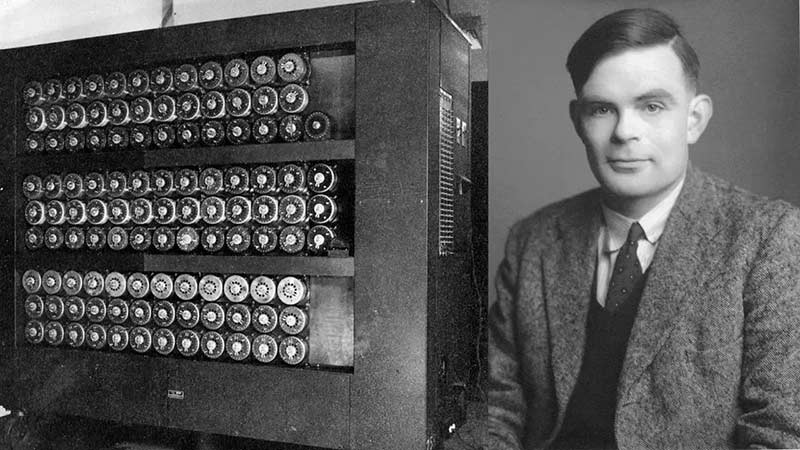Yaizy Blog
Computer Science: From Novelty to Necessity in K‑12
Blog
Aug 14, 2023

From punch-card computers to pocket-sized supercomputers, the digital age has revolutionized our world in mere decades. But how has this technological whirlwind reshaped our educational landscape? Dive in to discover the transformative journey of computer science, from its inception to its indispensable role in today's K-12 classrooms.
A Brief Stroll Down Memory Lane: The Dawn of Computer Science
Computer Science, in the grand timeline of academic disciplines, is a newcomer. The genesis of modern computing can be attributed to Alan Turing's groundbreaking work on Turing Machines in 1936. This concept, though speculative at its inception, laid the groundwork for the digital computers we recognize today. Fast forward a few years, and the Atanasoff-Berry Computer, the world's first digital computer, was crafted at the Iowa State campus between 1939 and 1942.
However, it wasn't until 1962 that Computer Science was formally recognized as an academic discipline, with Purdue University establishing the first-ever department. This initial exploration was marked by innovative improvisation; early students navigated the discipline with faculty-written “textbooks” and rudimentary programming tools. The latter part of the 20th century was transformative. In 1991, the World Wide Web debuted, democratizing information access. By the turn of the millennium, internet access had reached the farthest corners of the globe, with nearly half of all Americans relying on it regularly.
This swift evolution of Computer Science, from Turing's foundational theories to the World Wide Web's ubiquity, has set the stage for its academic integration, a testament to its undeniable significance in today's world.

Fun fact: the first computer bug was an actual bug! In 1947, Grace Hopper and her team found a moth inside their computer, coining the term "debugging" to describe the process of fixing computer glitches.
The Swift Surge into School Curriculum
As the digital age has continued to evolve, the significance of computer science in our daily lives has skyrocketed. What's truly remarkable is the pace of this transformation. In a span that's relatively brief in the context of education history, computer science has transitioned from a college-exclusive subject to an essential component of the K-12 curriculum. The idea that elementary school children today are exposed to coding and computational thinking would have been unfathomable just a couple of decades ago. It underscores the dynamism of our times – the rapid advancements in technology and the urgency to equip young minds with the tools to navigate, and innovate, in this digital world.
As we navigate the challenges and opportunities of the 21st century, such skills are paramount. A 2020 Brookings report fortifies this trend, highlighting the ripple effects of CS education: not only does it foster better problem-solving skills, but it also elevates college enrollment rates. Victor Hicks, a K–12 IT influencer, compares coding to languages, emphasizing the benefits of early exposure. This isn't just about coding, though; it's about preparing students for a digital future and ensuring they're familiar with and adept in the language of innovation.
Shaping Tomorrow’s Digital Natives: Computer Science for K‑12
Imagine middle schoolers gaining fluency with computer operations, diving into programming with platforms like Scratch, and grappling with core computer science concepts - all within the familiar confines of their school environment. This skill-up approach, rooted in YaizY's "Fundamentals of Computer Science" course, ensures that students aren't merely learning; they're gearing up for a future full of digital opportunities.
Moreover, the professional certifications associated with this course – Python Institute, AP CSP Endorsed, Code HS, Unity – provide tangible benchmarks of their expertise. These certifications, which encapsulate key competencies, offer students an early head start in the professional realm.
Today, introducing students to computer science is not just about teaching them to code. It's about equipping them with a linguistic tool for the digital age, making them career-ready and primed to innovate in our rapidly evolving world.